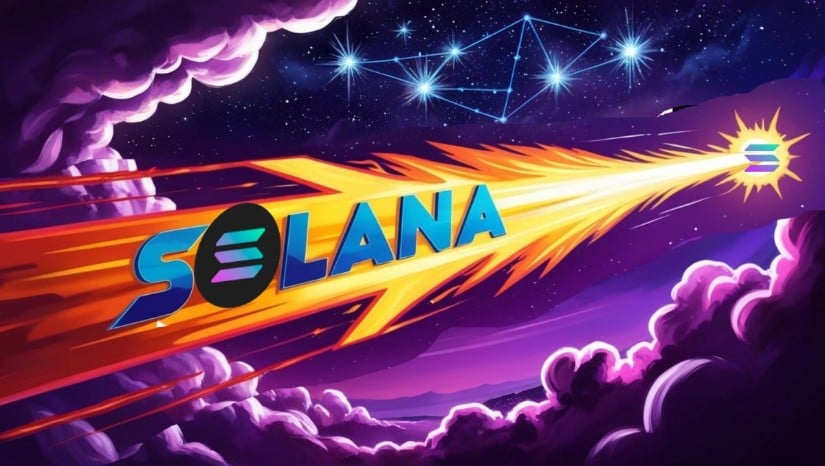Solana's Bullish Momentum: Transfer Volumes and Capital Inflows Drive Price Predictions

Solana is experiencing a significant bullish momentum, driven by increased transfer volumes, capital inflows, and a strong presence in the DePIN market. Recent data indicates that Solana has moved approximately $28.07 billion in transfer volume over the past 30 days, surpassing both Ethereum and BNB. This surge not only highlights Solana’s growing real-world usage but also strengthens the bullish case for its native token, $SOL. As market sentiment shifts towards risk-on, analysts are optimistic about Solana’s price potential, with targets set between $170 and $180.
In addition to impressive transfer volumes, Solana has seen a remarkable capital inflow of $4.72 billion in just one week, bringing its total capital to $9.46 billion. This marks the highest level since March and signals a resurgence of confidence in the network. Analysts suggest that this influx reflects rising institutional interest and liquidity, further bolstering the bullish narrative surrounding Solana. The recent breakout from a falling wedge pattern reinforces this optimism, with expectations of continued upward momentum if the price holds above key resistance levels.
Moreover, Solana’s dominance in the DePIN market has reached 46.5%, showcasing its potential for future growth. With only 17 Solana-based assets compared to 70 on EVM chains, this dominance suggests that Solana is well-positioned for price appreciation. As the network aligns both technical and fundamental factors, analysts predict that if Solana maintains its momentum, it could reach new heights, potentially exceeding $220 in the near future. The combination of rising transfer volumes, significant capital inflows, and DePIN market leadership sets the stage for Solana’s continued success in the coming months.
Related News





